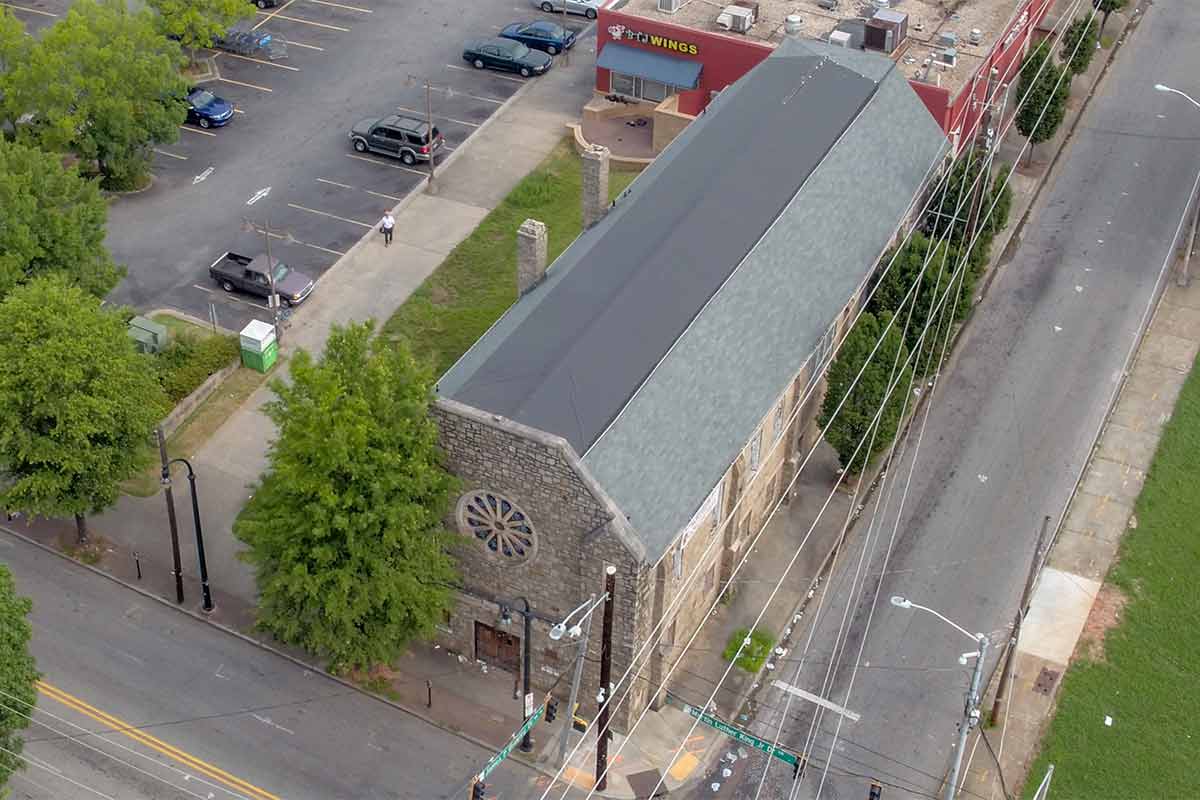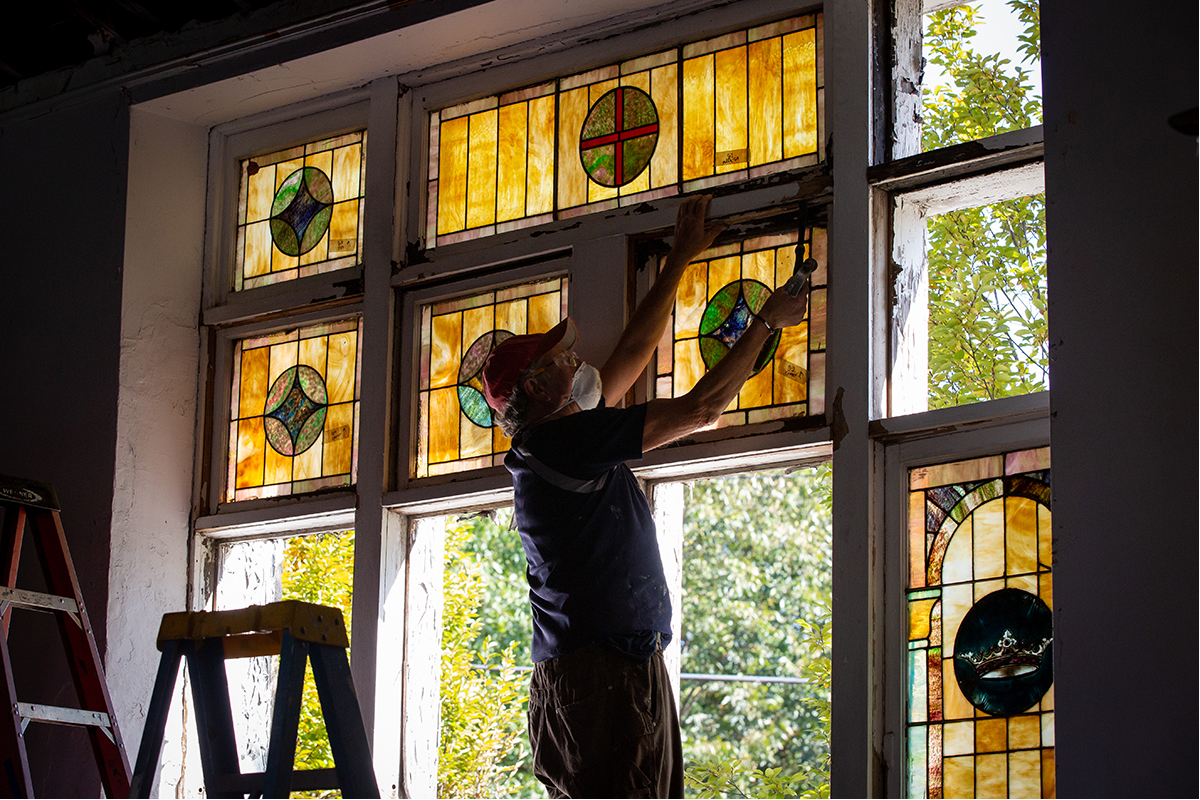PRESENT
OVERVIEW
With funding provided by the National Park Service, Historic West Hunter Street Baptist Church is in the process of a total restoration. This work will restore the building to the time when Dr. Abernathy was leading the congregation, from 1961 up until 1973, when the congregation relocated to its current site at 1040 Ralph David Abernathy Boulevard.
We are now on the path towards recognizing the church as a National Historic Landmark and a unit of the National Park System. This is a long and multi-step process by the National Park Service, which was begun by U.S. Senator Johnny Isakson and U.S. Representative Hank Johnson at the urging of Ralph David Abernathy III.
The first step, already completed and confirmed, was to verify the historical significance of the site. Other steps remaining (or underway) are: Suitability, Feasibility and Need for NPS Management.
FIRST STEPS
After years of neglect and natural deterioration, the building was not inhabitable. When the Ralph David Abernathy III Foundation purchased the property, the roof had significant leaks, resulting in rot and mold. Rodents had infested the building, and some structural degradation had occurred.
The first step in the process was to undertake a complete cleanup—installing a tarp on the roof; eradicating mold; stripping lead paint; removing abandoned furniture and debris; and eliminating the infestation of rodents.
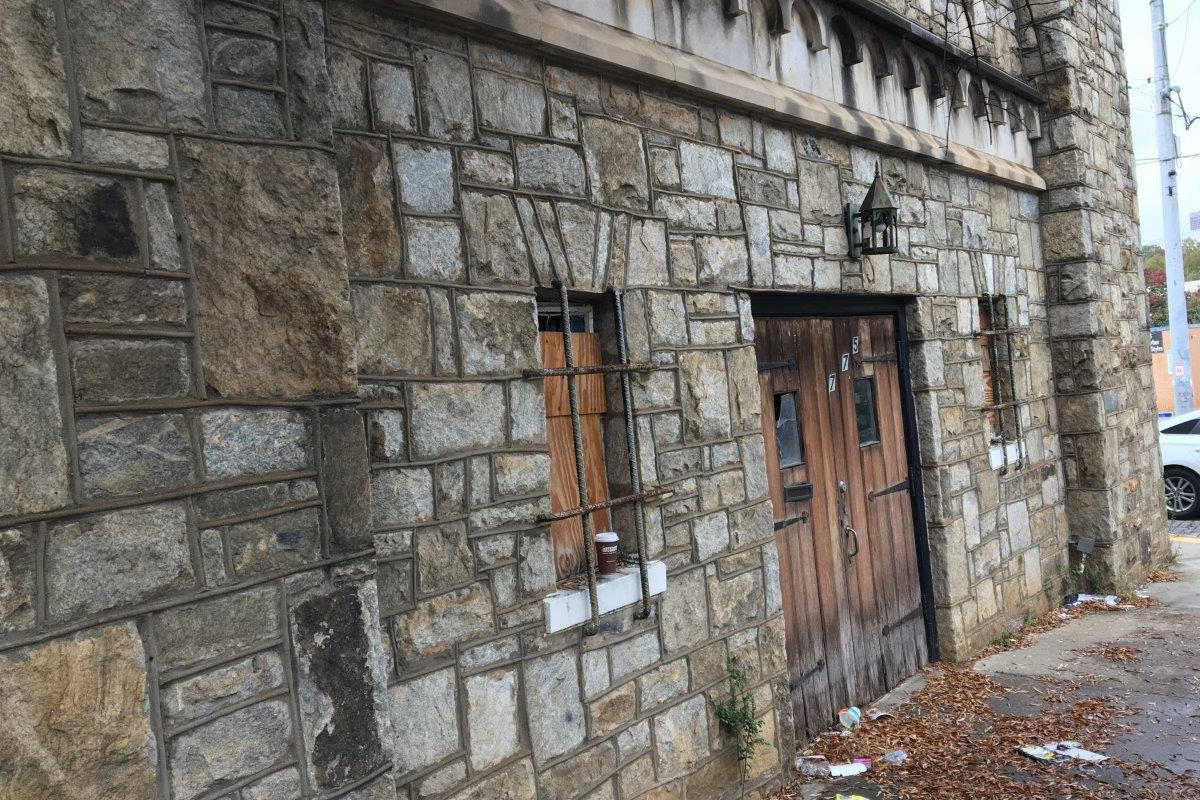
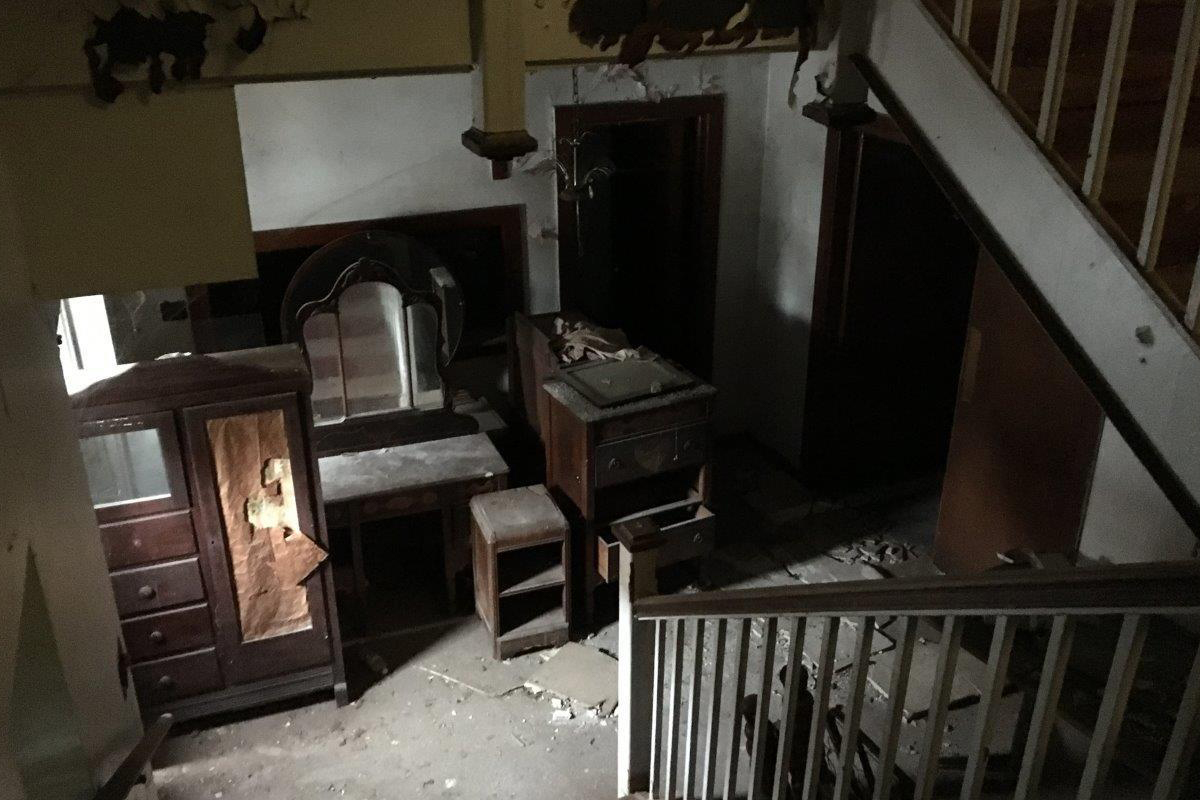

Before any major work could be undertaken, it was necessary to do a full, detailed assessment of the building’s condition. JW Robinson & Associates Architects were engaged because of their experience restoring historic buildings and because of their long connection to the community.
They prepared a full assessment of all building elements and systems, including the structural components. Once the National Park System approved this, we were able to proceed with further design and engineering work.
RESTORATION
A totally new roofing system has now been installed. All compromised roof decking was replaced, new flashing and gutters installed, as well as new asphalt shingles. Using historic photographs as the guide, the completed roof will reflect how the church looked in the 1960s.

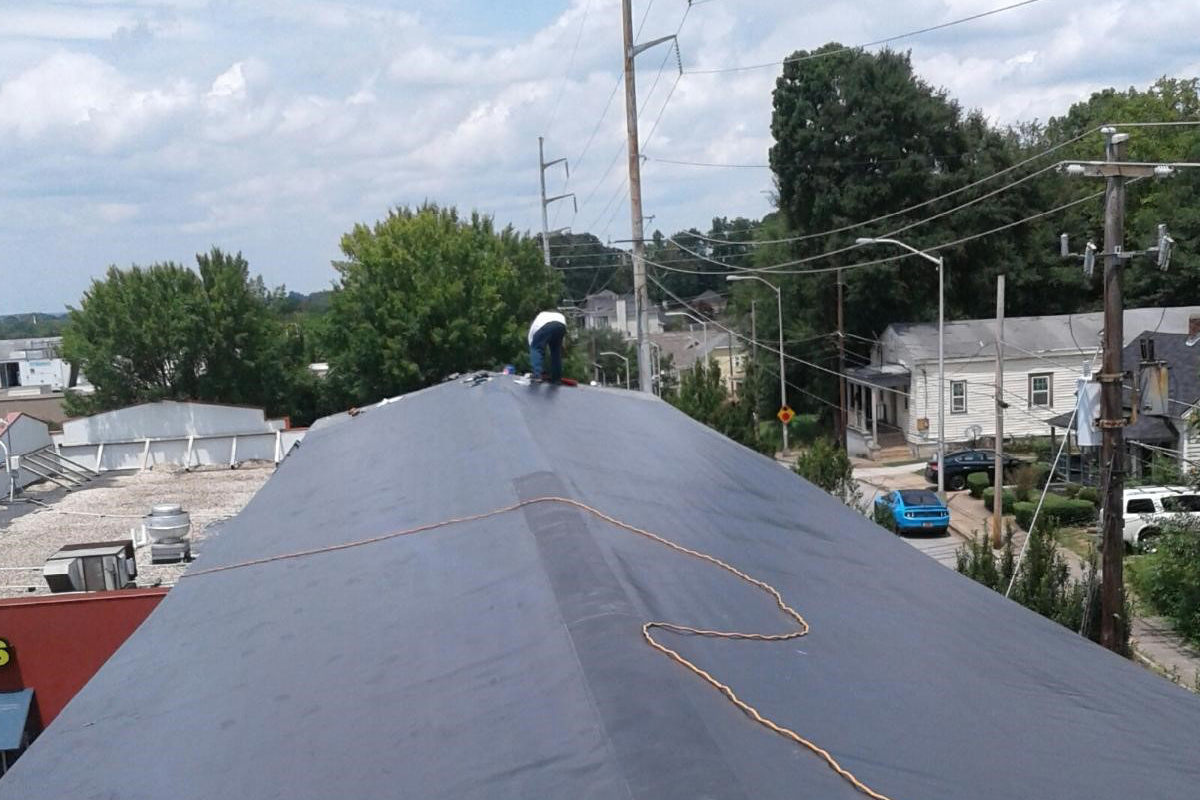
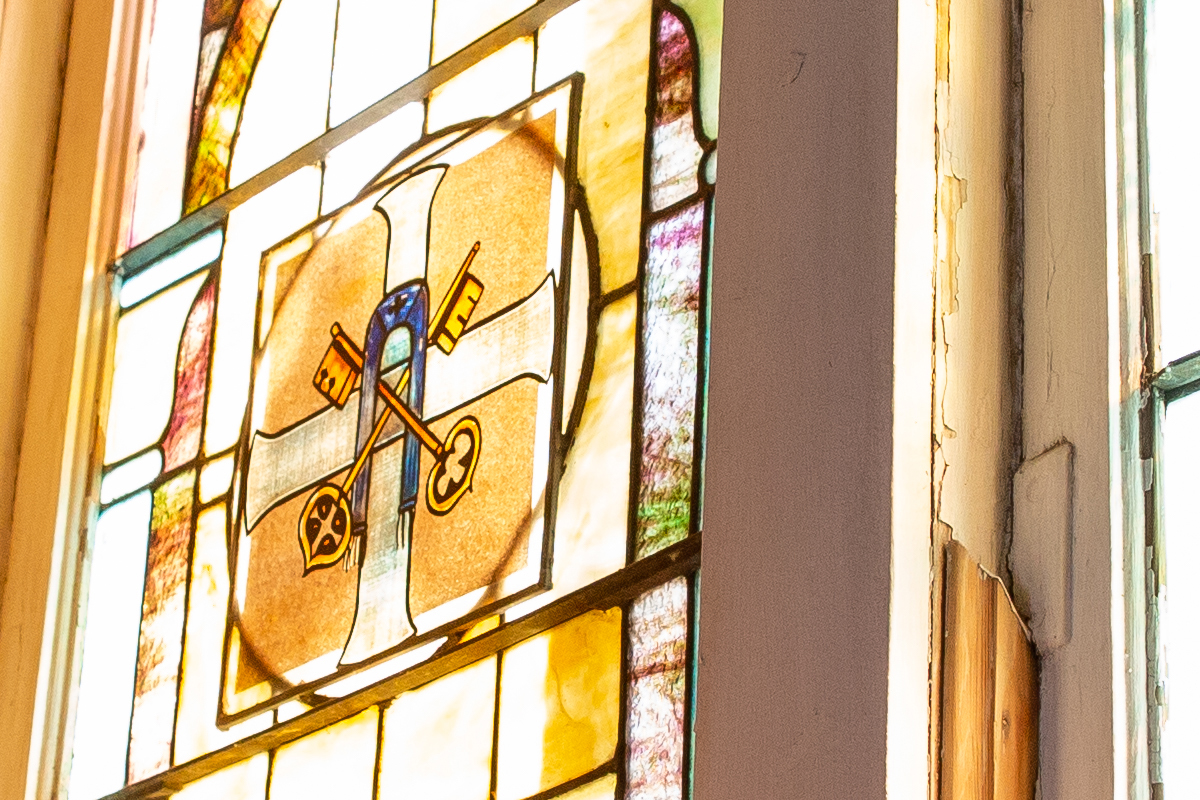
Considering the age of the building and the amount of time it was abandoned, it was surprising to find the stained glass windows mostly intact. While there were a few missing or broken panes, and some of the windows’ structural system was collapsing, most of the glass was intact and in place—including the marvelous rose window.
All windows but the rose window have been carefully removed and taken to Lynchburg, Virginia, where they are being restored by experts. They will be re-installed in the near future.
Interested in helping us restore this historic building? Donations of your time, money, and expertise are greatly appreciated!

